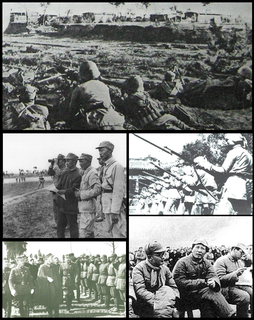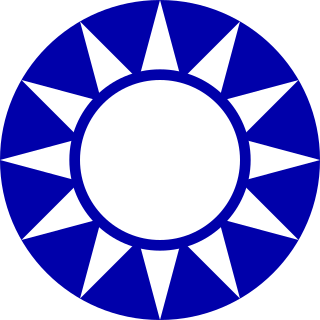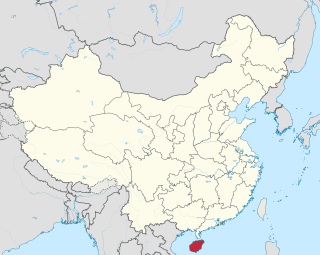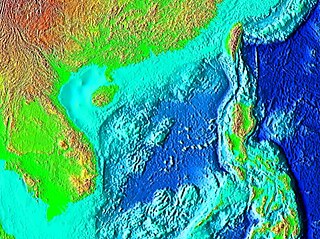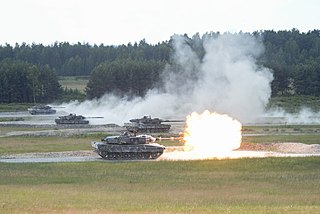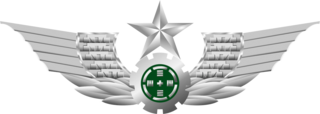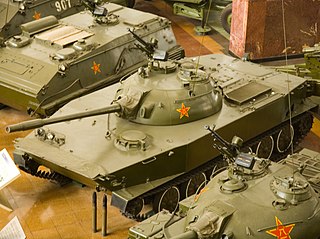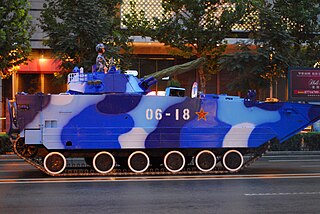| People's Liberation Army Navy Marine Corps | |
|---|---|
| 中国人民解放军海军陆战队 Zhōngguó Rénmín Jiěfàngjūn Hǎijūnlùzhànduì | |
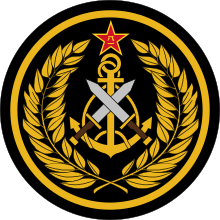 | |
| Founded | 1953 |
| Country | |
| Allegiance | |
| Branch | |
| Type | Naval infantry |
| Role | Amphibious warfare |
| Size | ~20,000 personnel |
| Motto(s) | "陆地猛虎、海上蛟龙" (Tiger of the land, dragon of the sea) [2] [3] |
| Colors | White and blue |
| Engagements | Battle of the Paracel Islands |
The People's Liberation Army Navy Marine Corps (PLANMC), also known as the People's Liberation Army Marine Corps (PLAMC), is the marine force of the People's Republic of China (PRC) and one of five major branches of the PLA Navy (PLAN). It currently consists of two 6,000-man brigades, [4] with a third brigade being organized from the transfer of the PLA Ground Force’s 77th Motorized Infantry Brigade.

Marines, also known as naval infantry, are typically an infantry force that specializes in the support of naval and army operations at sea and on land and air, as well as the execution of their own operations. In many countries, the marines are an integral part of that state's navy. In others, it is a separate organization altogether, such as in the United States, where the Marine Corps falls under the US Department of the Navy, yet it operates independently. Marines can also fall under a country's army like the Troupes de marine and Givati Brigade.

The People's Liberation Army Navy, also known as the PLA Navy, is the naval warfare branch of the People's Liberation Army, which is the armed wing of the Communist Party of China and, by default, the national armed forces of the People's Republic of China. The PLAN can trace its lineage to naval units fighting during the Chinese Civil War and was established in September 1950. Throughout the 1950s and early 1960s, the Soviet Union provided assistance to the PLAN in the form of naval advisers and export of equipment and technology. Until the late 1980s, the PLAN was largely a riverine and littoral force. However, by the 1990s, following the fall of the Soviet Union and a shift towards a more forward-oriented foreign and security policy, the leaders of the Chinese military were freed from worrying over land border disputes, and instead turned their attention towards the seas. This led to the development of the People's Liberation Army Navy into a green-water navy by 2009. Before the 1990s the PLAN had traditionally played a subordinate role to the People's Liberation Army Ground Force.

A brigade is a major tactical military formation that is typically composed of three to six battalions plus supporting elements. It is roughly equivalent to an enlarged or reinforced regiment. Two or more brigades may constitute a division.

